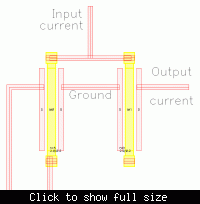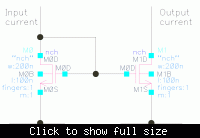manruru
Junior Member level 1
in my idea...ERC will check for soft checks....soft checks means routing through a nonroutable layer.example for nourouting layers are diffusions.the question is why are not we supposed to use these layers for routing????

